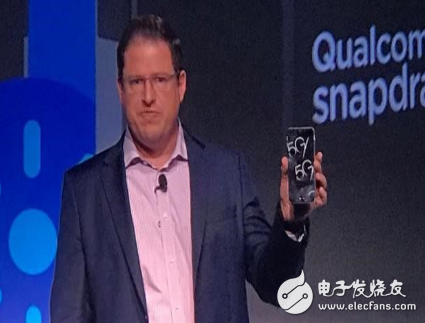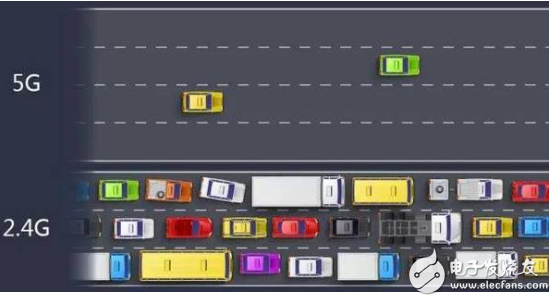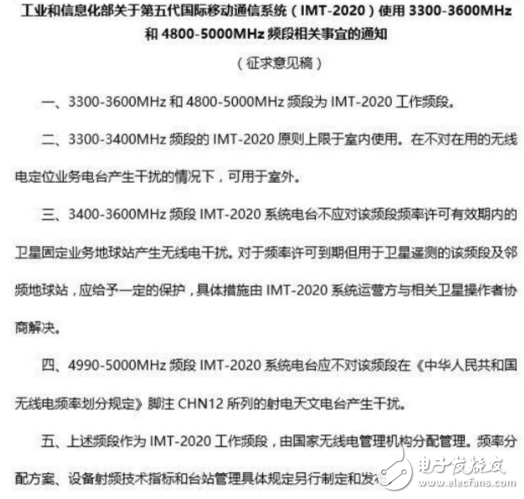Recently, Qualcomm's latest 5G-enabled mobile chip has caught a lot of attention. However, some people are questioning: if the 5G standard hasn't even been finalized yet, how was Qualcomm able to develop and test a 5G mobile chipset? In fact, there's no need to worry—Qualcomm has already prepared for this. On October 17, 2017, in Hong Kong, Qualcomm held a press conference and announced the launch of its 5G mobile chipset. Although the official 5G standard had not yet been finalized at that time, the chipset was capable of achieving data transfer rates exceeding one gigabit per second. It had also been successfully tested on the 28GHz frequency band, which is expected to be used for 5G deployment. Because of these achievements, many analysts believe that Qualcomm is once again leading the way into the 5G era, leaving competitors far behind. However, according to public information, the 5G standard was still under development at that time. Many countries and companies were still competing to set the direction of the standard. Even in the most optimistic scenario, it would take until around 2019 for the 5G standard to be fully finalized. This raises an important question: why did Qualcomm rush to announce a 5G-related chipset when the standard was still unclear? We all know that the evolution from 2G, 3G, to today’s 4G has brought a significant improvement in internet speed. From the slow GRPS/EDGE speeds of 100–200kbps in the 2G era to the 40–60Mbps speeds of 4G, each generation of network technology has provided a richer mobile experience. According to current definitions, 5G is expected to reach peak speeds of up to 10Gbps—making it at least ten times faster than 4G. The key to achieving such high speeds lies in two main approaches: improving spectrum efficiency and increasing the amount of spectrum used. Spectrum efficiency refers to how much data can be transmitted per hertz of bandwidth. While improvements in this area have helped increase speeds, we've now reached a point where further gains are limited. To achieve a 10x or even 100x increase over 4G, more spectrum resources are needed. Think of it like road lanes: the more lanes you have, the more traffic you can handle. Similarly, more spectrum means higher data transmission rates. From 2G to 4G, operators have gradually expanded the spectrum they use. For example, 4G networks required 20MHz of symmetric spectrum to reach 150Mbps, and doubling that to 40MHz could push speeds to 300Mbps. Today’s 4G+ networks even bundle multiple spectrums together to deliver much faster speeds. Now that we understand how network speeds improve, let's look at how Qualcomm's new 5G chipset achieves gigabit speeds. According to Qualcomm, the 5G connection uses multiple 100MHz carriers to reach download speeds of over 1Gbps. In fact, even with 4G networks, using multi-carrier aggregation (combining several 20MHz bands) can already achieve similar speeds. So, while Qualcomm's announcement is impressive, it doesn’t necessarily mean 5G is inherently faster—it’s more about the amount of spectrum being used. To reach 1Gbps or higher, 5G requires at least 100MHz of spectrum. But with 2G, 3G, and 4G already occupying large portions of the available spectrum, low-frequency bands for 5G are scarce. That’s why Qualcomm chose the 28GHz band, which offers high-speed potential but limited coverage due to signal attenuation. This makes it suitable for small-scale deployments, but not ideal for widespread urban coverage. For true 5G adoption, more work is needed. According to current plans, 5G is expected to become widely available by 2020. Compared to 4G, especially 4G+, the actual speed boost may not be as dramatic as expected. With multi-carrier aggregation, 4G networks can already achieve speeds above 1Gbps, making them competitive with early 5G implementations. Additionally, the lack of low-frequency spectrum is limiting the full potential of 5G. Today, many countries are testing 5G in different frequency bands. The 3.5GHz and 4.9GHz bands, promoted by China and other nations, are considered the most promising for urban coverage. As research continues, more companies will enter the 5G race. We'll just have to wait and see how things unfold. Fuel Filter Fuel Filter,Auto Fuel Filter,Automobile Fuel Filter,Car Fuel Filter Zhoushan Shenying Filter Manufacture Co., Ltd. , https://www.renkenfilter.com

